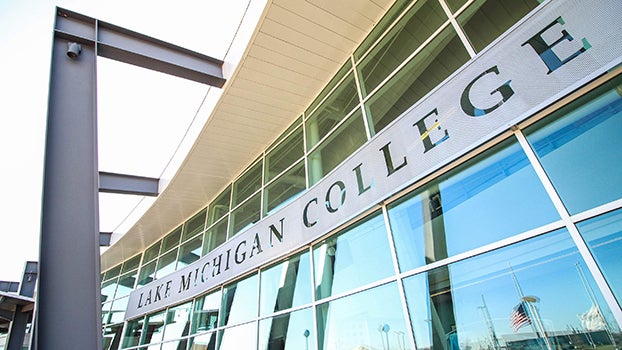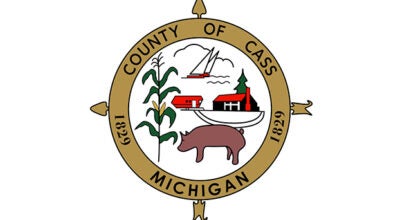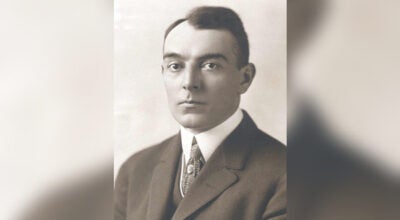Artist teams up with Post Office to create Orphan Train stamp
Published 8:00 am Thursday, October 12, 2017
While the paint on the piece of public artwork may already be dry, the committee responsible for creating the new downtown Orphan Train mural have one last surprise up their sleeves prior to Saturday’s dedication ceremony.
Organizers with the “Starting a New Life: Dowagiac’s Orphan Train Story” project will unveil a special Dowagiac Orphan Train cancellation ink stamp during the city’s Under the Harvest Moon Festival, which takes place Saturday downtown. From 10:30 a.m. to 2:30 p.m., visitors to the Orphan Train project’s informational booth may have any item that contains a stamp from the U.S. Postal Service marked with the commemorative ink stamp, which was designed by Ruth Andrews, the artist responsible for creating the new Orphan Train mural on Pennsylvania Avenue.
People are invited to bring their own stamped items to be marked, or may use a free, oversized postcard provided by the Orphan Train committee at the booth. Sean First, with the Dowagiac Post Office, will be on hand to “cancel” out items for visitors.
A cancellation ink stamp is used by employees with the U.S. Postal Service to deface postage stamps in order to prevent their reuse. The postal service sometimes creates temporary, commemorative cancellation stamps to mark postage with, which are often just as valuable as the regular postage stamps, said Bobbie Jo Hartline, an employee with the City of Dowagiac and one of the organizers with the 2017 Orphan Train project.
“It will make a cool item for your family, especially if you have an Orphan Train rider somewhere in your family tree,” Hartline said. “If you’re a stamp collector, it will make a great item for your collection.”
Planners with the mural project learned about the possibility of creating such a stamp from Dowagiac Postmaster Janet Hagen several months ago. The committee has worked with the post office since last year, as the mural is located on the stone wall beneath the local office downtown.
“It [the stamp] was something very unique, and we wanted to be a part of it,” Hartline said.
After hearing about the process, Andrews set out to create a design for the ink stamp that would incorporate elements from the design of the mural, which she submitted to the post office. Four months later, all the necessary hurdles were cleared, paving the way for the creation of the unique stamp.
The mark will be used by Dowagiac post office and works to cancel stamps that come through the local office for the next 30 days, after which the stamp will be destroyed, Hartline said.
The stamp is one of many things that the “Starting a New Life” committee — comprised of members of the city, Dowagiac Area History Museum and others in the community — have organized over the past several months to celebrate the arrival of the first Orphan Train in Dowagiac in 1854. The famous U.S. adoption program was responsible for relocating thousands of orphaned children from the streets of New York City to new homes across the Midwest and beyond, from 1854 to 1929.
The capstone of the project was the creation of the downtown mural, which depicts the journey of the first group of 46 children riders of the Orphan Train, from their lives on the streets in New York City, to their voyage by land and sea to Dowagiac, to their new lives with new families. The artwork, which was created by Andrews and around 50 volunteers throughout the summer, will be dedicated during a ceremony at 1 p.m. Saturday.
The Orphan Train booth will offer other activities for visitors on Saturday as well. Committee members will also pass out paperwork to help people trace whether or not they have Orphan Train riders in their families, info on how they can download a copy of the Orphan Train coloring book and pictures from throughout the painting of the mural.
“Starting a New Life: Dowagiac’s Orphan Train Story” was funded in part by the Michigan Humanities Council, an affiliate of the National Endowment for the Humanities, and local donors. For more information about the project, visit dowagiacmuseum.info/orphan-train.





